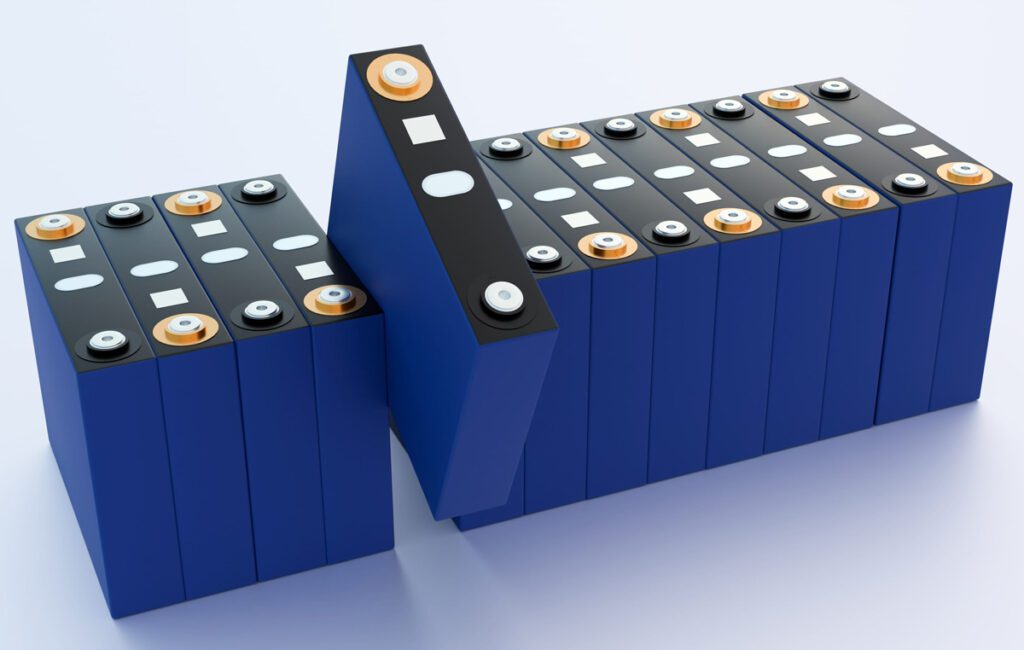SAE International has released an official technical standard called “J2990-Hybrid and EV First and Second Responder Recommended Practice,” that lists best practices for responders.
For some, the EV is the savior of civilization; for others, its ruination. For emergency personnel, it’s simply a new type of drivetrain that presents several new issues and dangers for first responders in the case of a crash. Various organizations, including the National Alternative Fuels Training Consortium and the National Fire Protection Association, have developed training materials to educate emergency personnel about electrified vehicles.
-
A procedure for OEM vehicle labeling placed at standardized locations on the exterior and/or interior of the vehicle identifying that a vehicle contains high voltage systems. This guide would enable first responders to quickly identify the involved vehicle powertrain type and determine if it if contains a high voltage electrical system.
-
A quick reference guide. "Think of this as a cheat sheet for first-responders," said Mackintosh. "This will help emergency personnel identify the location of high voltage components, high-strength steel, and high voltage and supplemental restraint system disabling procedures to ensure the safest response methods for both themselves and vehicle occupants."
-
A recommendation that OEMs follow common standards for disabling high-voltage circuits and that vehicle OEMs provide a minimum of two methods of initiating the disconnection and isolation of the high voltage system form the vehicle.
- OEM guidelines for the creation of second responder (i.e. tow truck operators) safety instructions for the inspection and handling of damaged or inoperable hybrid or electric vehicles, with a focus on the high voltage systems.



















































































